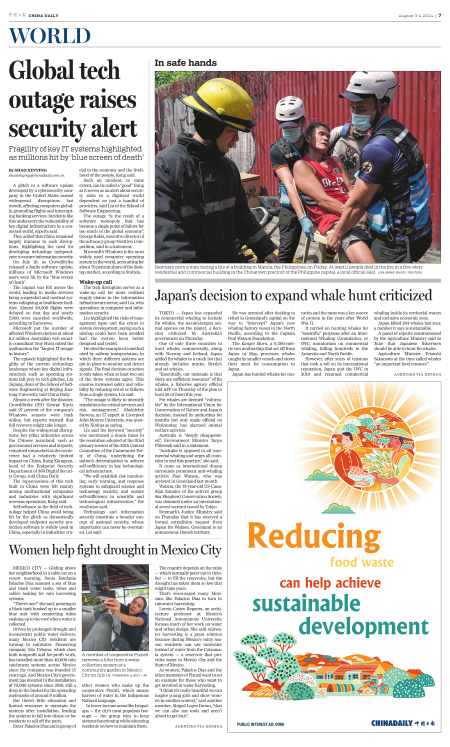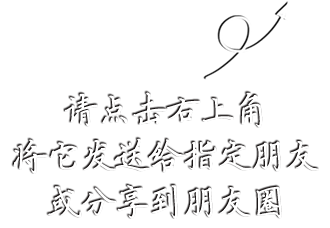
A member of cooperative Pixcatl removes a filter from a water collection system at a community garden in Mexico City on July 14.
MEXICO CITY — Gliding above her neighborhood in a cable car on a recent morning, Sonia Estefania Palacios Diaz scanned a sea of blue and black water tanks, tubes and cables looking for rain harvesting systems.
"There's one!" she said, pointing at a black tank hooked up to a smaller blue unit with connecting tubes snaking up to the roof where water is collected.
Driven by prolonged drought and inconsistent public water delivery, many Mexico City residents are turning to rainwater. Pioneering company Isla Urbana, which does both nonprofit and for-profit work, has installed more than 40,000 rain catchment systems across Mexico since the company was founded 15 years ago. And Mexico City's government has invested in the installation of 70,000 systems since 2019, still a drop in the bucket for the sprawling metropolis of around 9 million.
But there's little education and limited resources to maintain the systems after installation, leading the systems to fall into disuse or for residents to sell off the parts.
Enter Palacios Diaz and a group of other women who make up the cooperative Pixcatl, which means harvest of water in the Indigenous Nahuatl language.
In lower-income areas like Iztapalapa — the city's most populous borough — the group tries to keep systems functioning while educating residents on how to maintain them.
The country depends on the rains — which normally peter out in October — to fill the reservoirs, but the drought has taken them so low that might take years.
That's encouraged many Mexicans like Palacios Diaz to turn to rainwater harvesting.
Loreta Castro Reguera, an architecture professor at Mexico's National Autonomous University, focuses much of her work on water and urban design. She said rainwater harvesting is a great solution because during Mexico's rainy season residents can use rainwater instead of water from the Cutzamala system — a reservoir that provides water to Mexico City and the State of Mexico.
As women, Palacios Diaz and the other members of Pixcatl want to set an example for those who want to get involved in water harvesting.
"I think it's really beautiful we can inspire young girls and show women in another context," said another member, Abigail Lopez Duran, "that we can also use tools and aren't afraid to get hurt".

